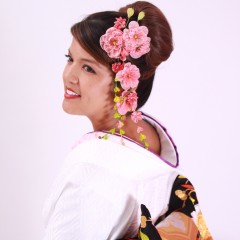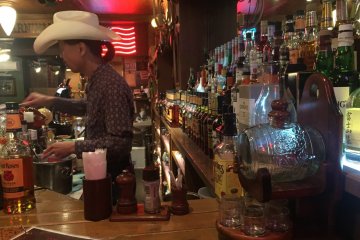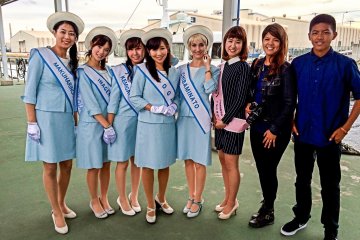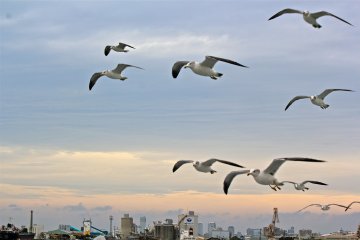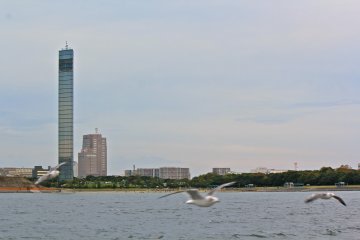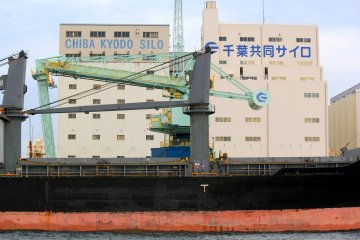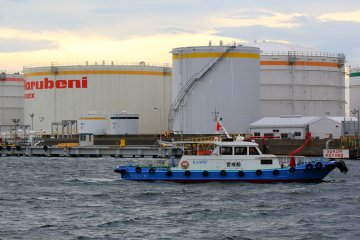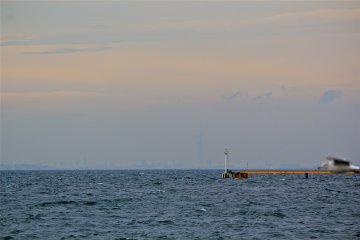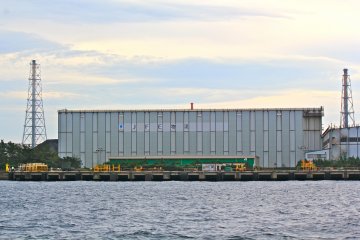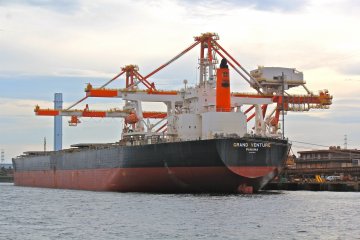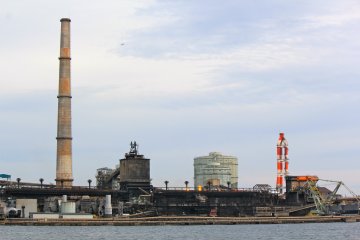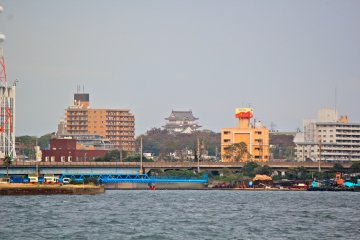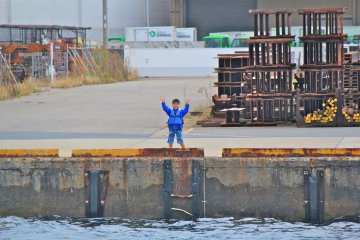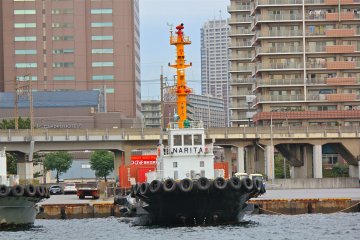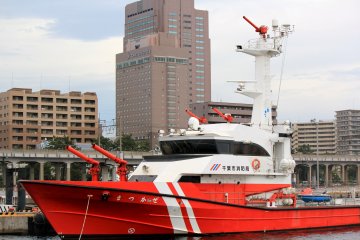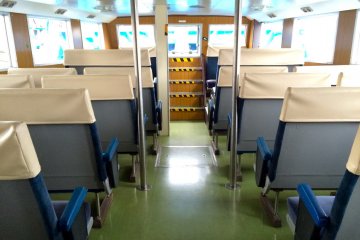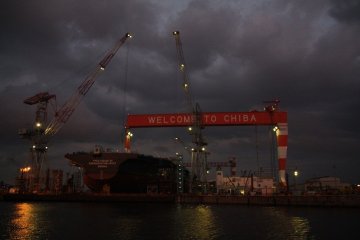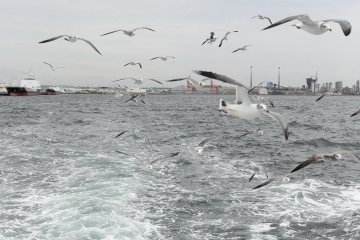Eighty-two miles of coastline make the Port of Chiba one of the busiest and largest ports in Japan. In conjunction with the annual Chiba Minato Big Catch Festival held early November, the Port of Chiba offered three separate boat tours in Tokyo Bay.
For locals and visitors alike, it was a nice introduction to the daily services available by the Port of Chiba. Especially when you get a photo opportunity with the Sightseeing Ambassadors of Chiba City, 5BEACH Angels! Let’s take a closer look at the Port of Chiba boat ride on the Chibakou-megurikankou-sen.
The Port of Chiba tour normally departs daily at 1:30pm and is a 40-minute boat ride. Adult fee is 1000yen and Children are 500yen. Group discounts are available for 15 or more. You will just want to make sure you call 043-242-4568 to make reservations in advance and verify flight status on the website.
The Chibakou-megurikankou-sen can accommodate a total of 180 passengers between the upper and lower decks. During my visit, most visitors preferred access to the upper decks to enjoy the wind in their hair while admiring the industrial and city views. The other reason, to feed the flock of seagulls!
For 100 yen, you can purchase a small bag of shrimp chips. Then, simply hang out at the edge of the deck with a chip firmly placed upright in your fingertips. In just a few seconds, at least one bird will have the courage to make the fly by and spread a dose of excitement within the group.
If you think you missed your chance, don’t worry. You’ll have many more opportunities for feeding. In fact, the entire flock continuously follows the boat out into the sunset and will manage to appear in almost every one of your snap shots!
What is there to see during the Port of Chiba boat cruise? Well, up until the 1950s, the Port of Chiba's main industry was brewing soy sauce, sake, and mirin. Today, the main industries of the Keiyo Industrial Zone are the production of petroleum and coal, chemicals, and steel. It represents a balanced structure of agriculture, industry and commerce.
The Port of Chiba has over 38,000 feet of public mooring wharves with 94 berths. It operates storage sheds, cargo-handling areas, and open storage. Port of Chiba welcomes thousands of foreign trade and domestic vessels annually. Here are a few points of interest:
Chiba Port Tower
At 125 meters tall, Chiba Port Tower overlooks the Port of Chiba seascape and offers incredible views from the top. Built in 1986 to commemorate the 5-million population mark of Chiba Prefecture, Chiba Port Tower is an observation spot for an admission of just 420yen.
JFE Steel East Japan Works & JFE Steel Corporation East Japan Works JFE Steel union
A pioneer on the Keiyo Industrial Park, JFE is the first integrated iron and steel works built in post-war Japan on the coastline. It is a large steel mill built on 6,660 square meters. The factory invites you to have a look at the gigantic iron smelting furnace and our hot-rolling mill traversed by a 500m red-hot iron sheet, a spectacle that is the hallmark of our iron smelting plant.
Chiba Kyodo Silo
Chiba Kyodo Silo Co., Ltd. (CKS) is the largest logistic company in terms of volume of handling wheat in Japan. The pneumatic type unloader discharges grain from the main vessel to CKS silos.
Marubeni Ennex
Marubeni Ennex Corp. is an aviation fuel storage tank terminal. Berths at the terminal are big enough to receive 50,000-ton tankers, according to data posted on Marubeni Ennex’s website.
Access to Chiba Port Seamens Center (ticket office for Port of Chiba tour): 10-minute walk from Chiba-Minato Station. By car, pay park lots are available within a 5-minute walking distance to. 200yen/30-minutes or 100yen/60-minutes, depending on the time and day of the week.


